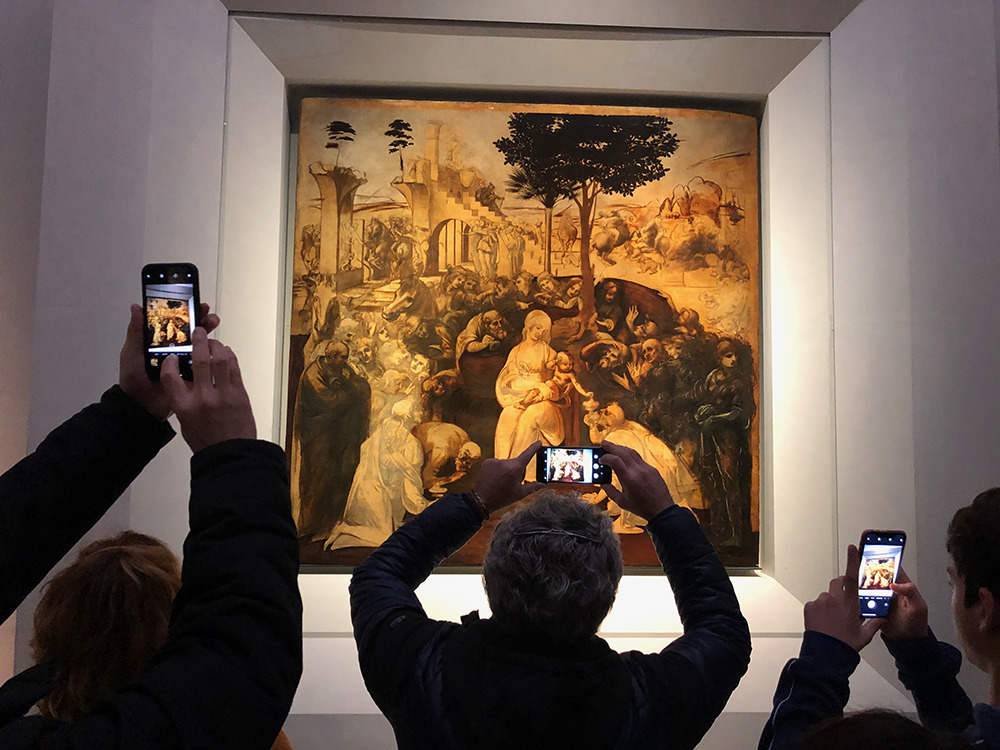
Christian churches around the world have produced a lot of artistic representations of scripture over the years, and the most commonly depicted figure is Jesus Christ.
Recent protests about racial issues in the United States have led some to question some of the best-known depictions of Christ, which usually portray him as white.
The history of white Jesus
According to BYU religion professor Mark Ellison, who specializes in early Christian art, the earliest known images of Jesus came from Rome around 200 A.D.
“They depicted a miracle worker, a shepherd, or a teacher, according to the customs of third-century Rome,” Ellison said. “Most of the time, depictions of Jesus reflect the culture of the artist more than historical details about Jesus himself.”
Ellison said over time, the European depiction of Christ became very common, and that was the artistic history early members of The Church of Jesus Christ of Latter-day Saints inherited.
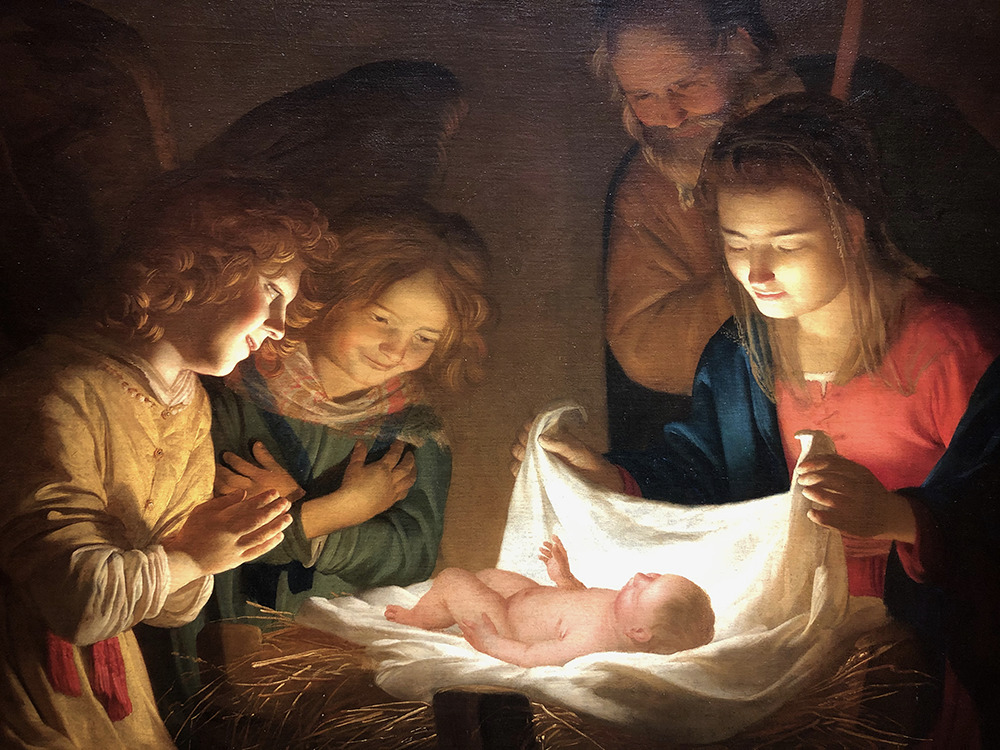
According to BYU history professor Christopher Jones, the Church didn’t start mass-producing depictions of Christ until the early 20th century, and images likely weren’t used very often in the early Church because many of the members came from Protestant religions that believed using pictures was idol worship.
When other religions started loosening up on the use of images, the Church followed suit. Jones said there was a precedent for what Jesus looked like based on one of the accounts that Joseph Smith gave of the First Vision.
Jones noted that in all of the first-hand accounts of the vision, Smith referred to God and Jesus and being surrounded by light or fire, but that this didn’t obviously refer to skin color. There is one second-hand account, however, from a convert named Alexander Neibaur, who said he sat with Smith in his home while Smith told him about the First Vision. Neibaur recorded that Smith described Jesus as having a “white complexion” and “blue eyes.”
Jones said he thinks this description of Christ was easy for members to accept because that was what the majority of the members of the Church looked like then. It became a prominent image among church members at the time and has stuck around since then.
“Probably in part because of Joseph Smith saying that and probably in part because of the artistic representations of Jesus during the 19th century, in the 1830s and 1840s, Latter-day Saints began embracing this very white, European-looking Jesus,” Jones said.
Ellison said while there isn’t a clear description in the Bible of what Jesus looked like, historians believe He wouldn’t have looked much different from other Jewish men of His day. This means He likely had olive-brown skin, stood about 5’5″ and if He had a beard, it would have been a short one. Ellison said, however, that the historical inaccuracy shouldn’t change the lessons that can be learned from the art.
“We can still appreciate a work of art, even if we recognize that it may not represent historical reality,” Ellison said.
Depictions of Jesus today
Jones said in the last 20-30 years the predominat image of Christ has started to shift as the Church has gone worldwide, and many artists are now “either trying to portray a more historically accurate Jesus or trying to portray Jesus ambiguously enough that Christians or Latter-day Saints, regardless of their own race or ethnicity, could see themselves in Jesus and could see Jesus in themselves.”
BYU graduate Melissa T. Kamba is an artist who often represents scriptural figures as Black. She said she believes it is important to represent Christ and other scriptural figures as various races so that everyone can feel a connection to those people.
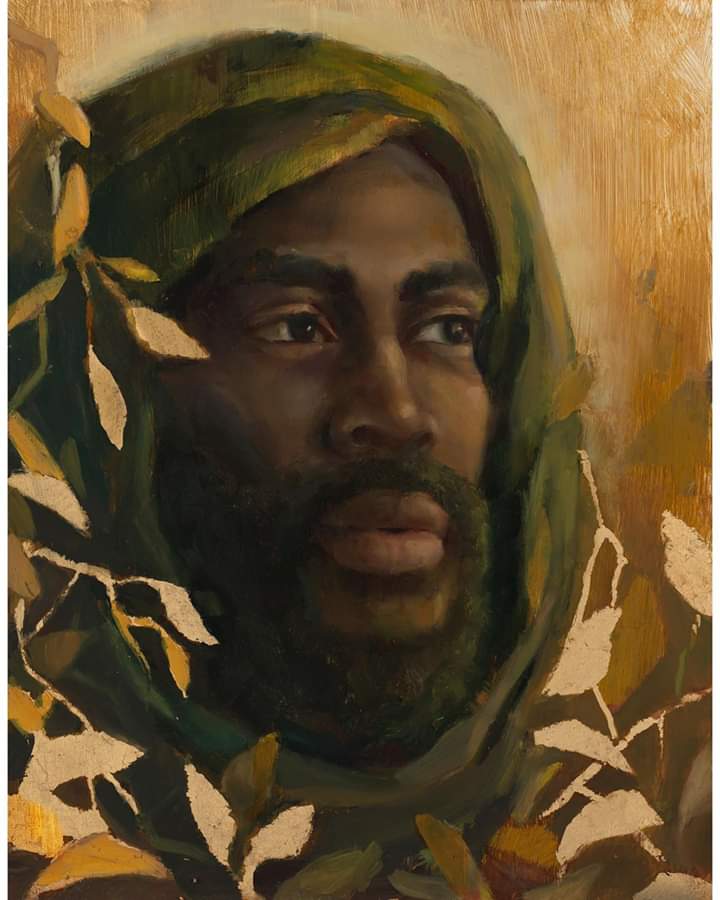
“Growing up, I didn’t see a lot of art that looked like me, so I’m trying to change that narrative. I think it’s important to have representation of yourself so you can see the divine within yourself. I feel like art validates you. Especially art in church,” Kamba said.
This is an issue that has surfaced in the Church a few times over the years. In 2000, a volume of the BYU Studies journal was published that focused specifically on the question of artistic depictions of Christ. The journal includes four articles that discuss the appearance of Christ historically and in art from varying perspectives.
On May 11 of this year, the First Presidency of the Church sent a letter to church leaders asking them to reevaluate the art that is in the foyers of church buildings and to make sure all art is focused on Christ. The letter contained a collection of 22 approved paintings to be used in foyers. Eighteen of the approved paintings are shown in the gallery below.

“One by One,” by Walter Rane 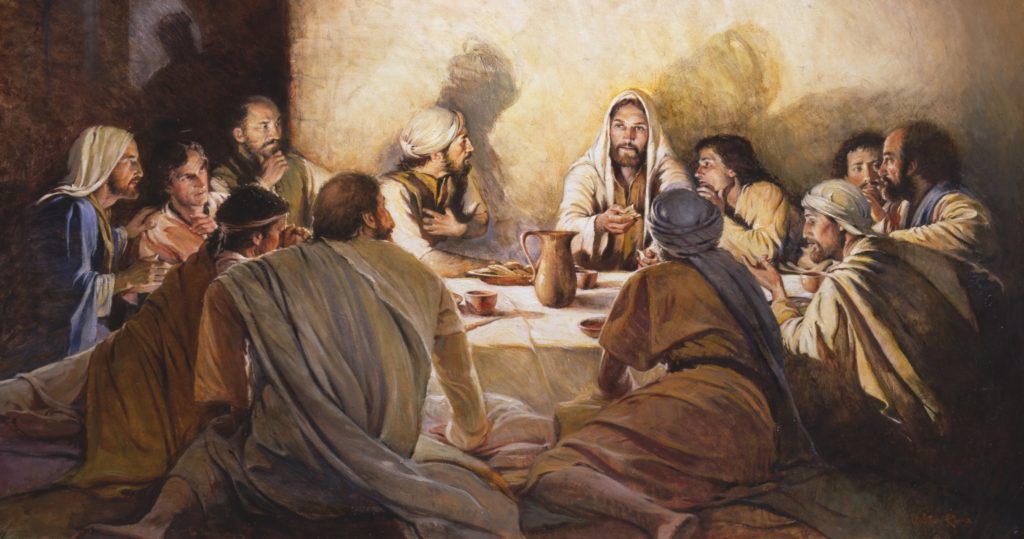
“In Remembrance of Me,” by Walter Rane 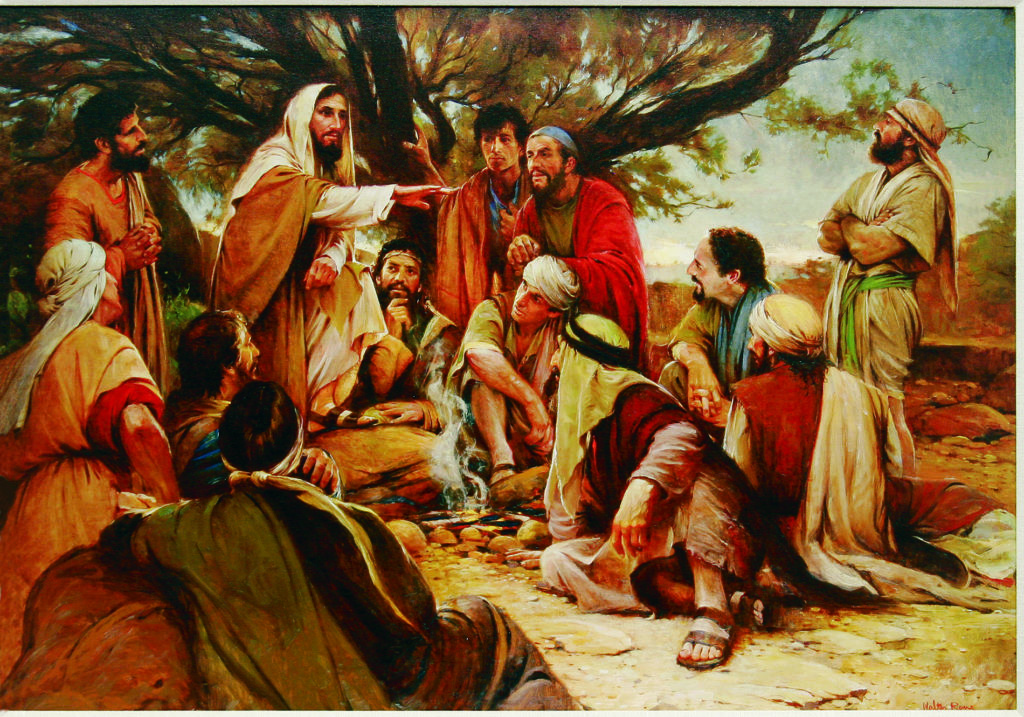
“These Twelve Jesus Sent Forth,” by Walter Rane 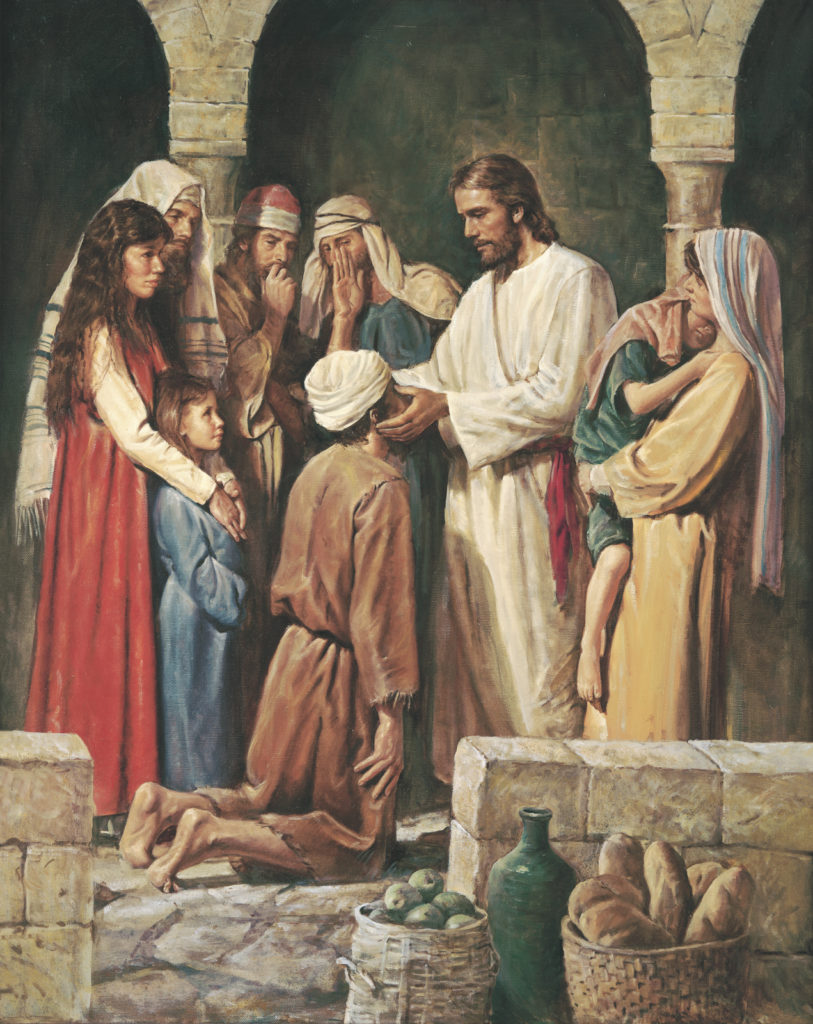
“Christ Healing a Blind Man,” by Del Parson 
“Jesus Knocking at the Door,” by Del Parson 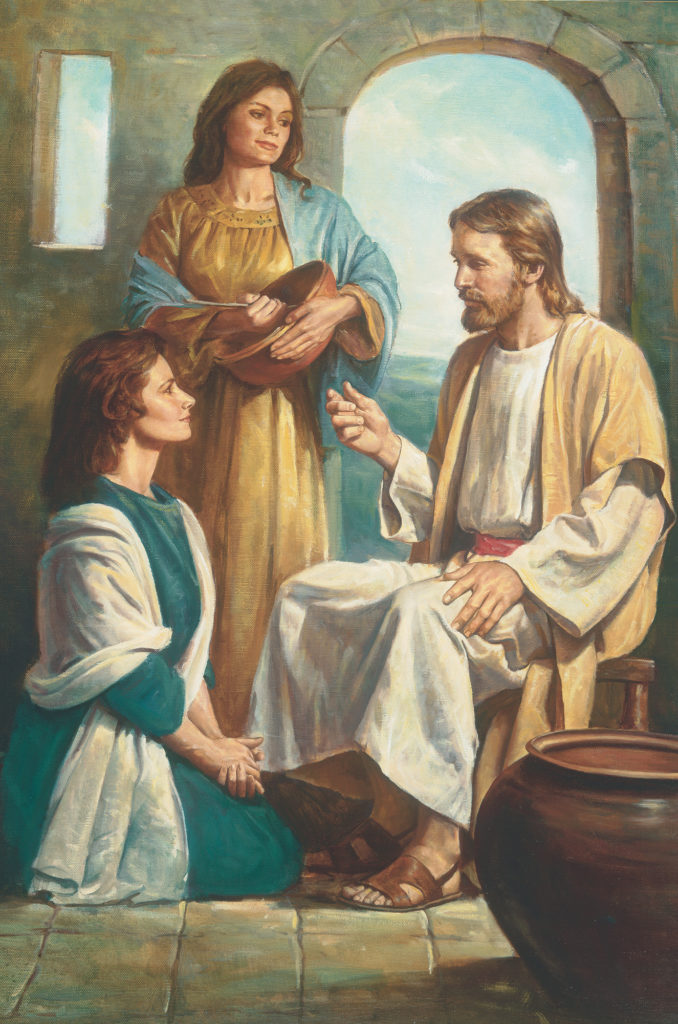
“Christ with Mary and Martha” by Del Parson 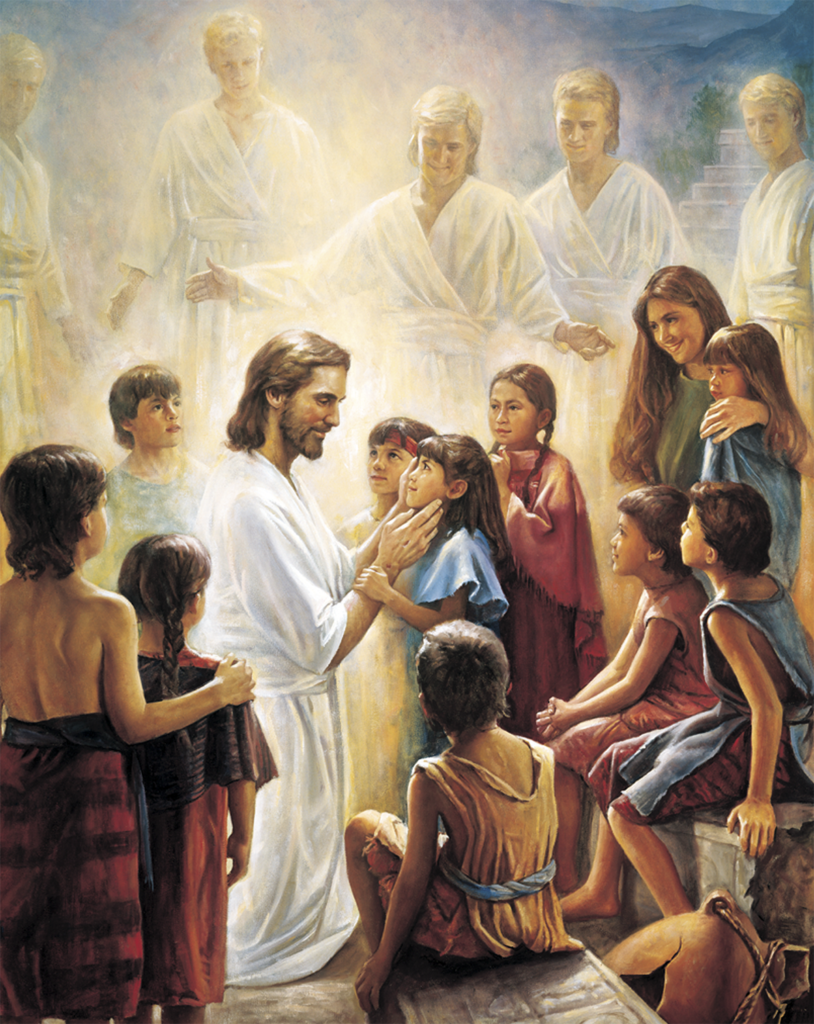
“Christ and the Book of Mormon Children,” by Del Parson 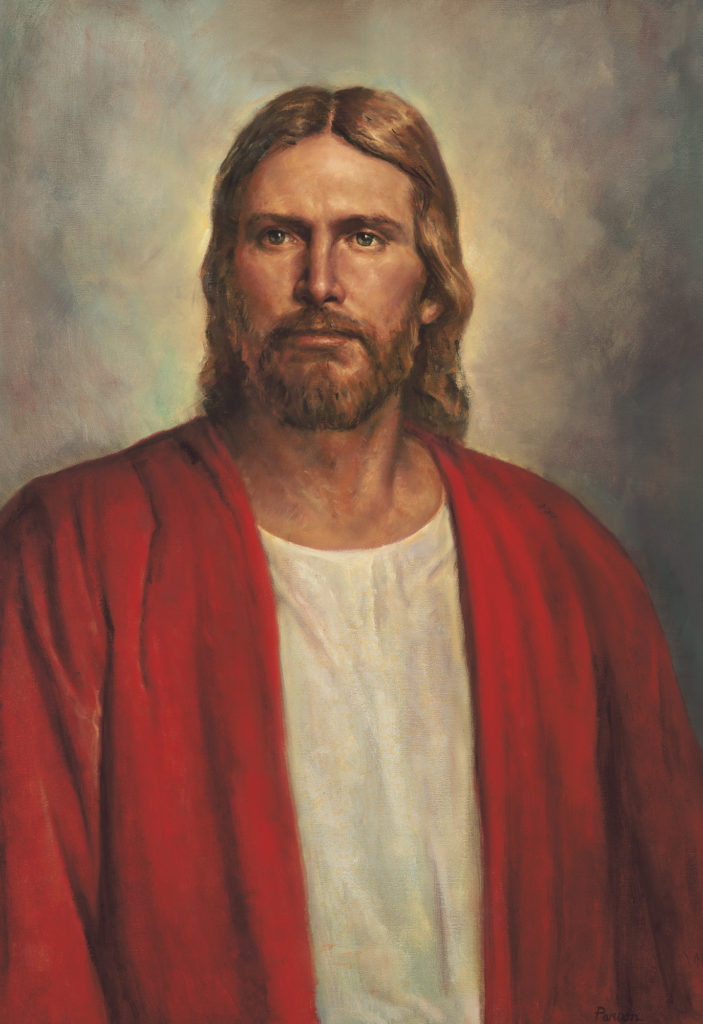
“The Lord Jesus Christ,” by Del Parson 
“He is Risen,” by Del Parson 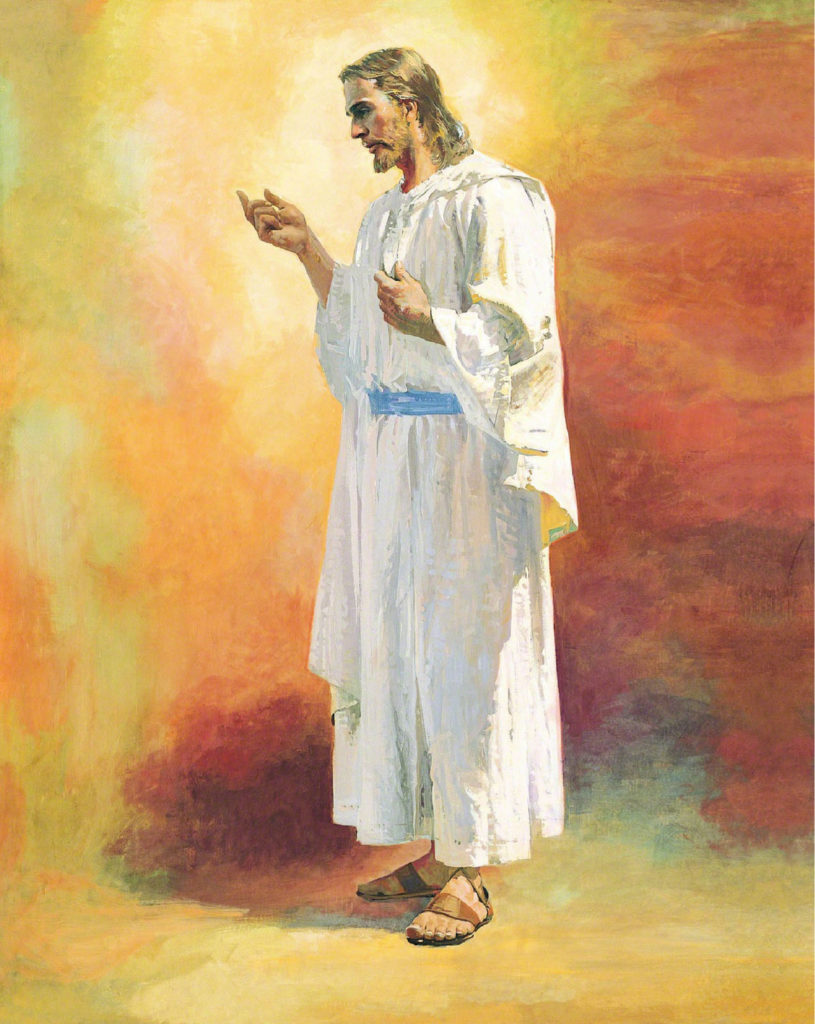
“Jesus Christ,” by Harry Anderson 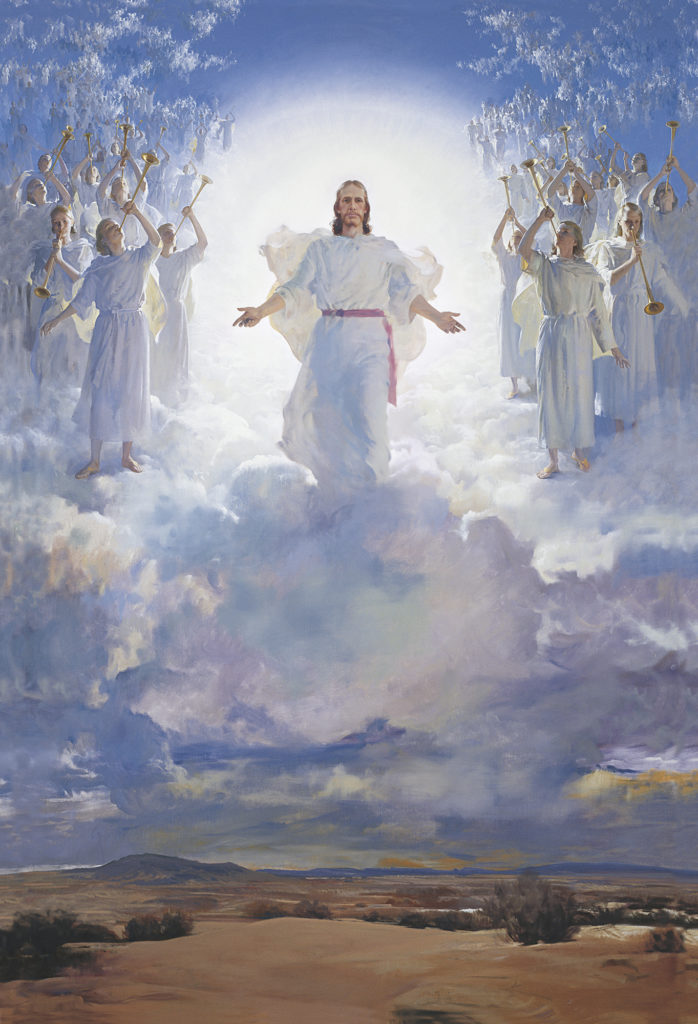
“The Second Coming,” by Harry Anderson 
“Jesus Praying in Gethsemane,” by Harry Anderson 
“The Sermon on the Mount” by Harry Anderson 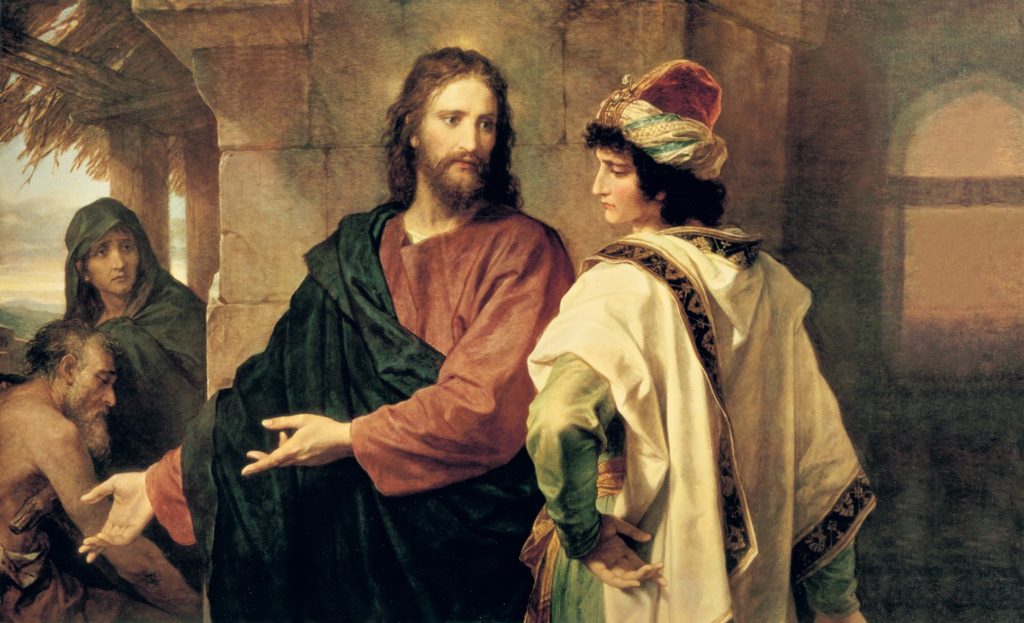
“Christ and the Rich Young Ruler,” by Heinrich Hofmann 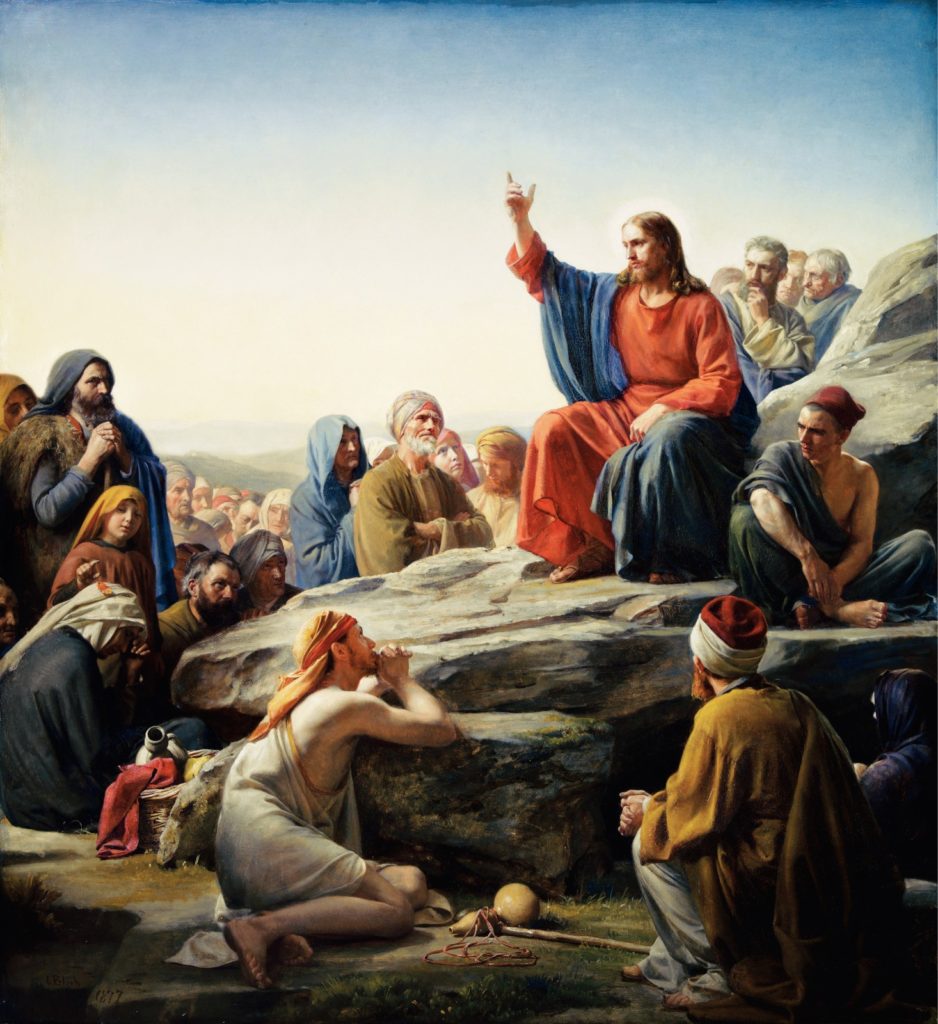
“Sermon on the Mount,” by Carl Heinrich Bloch 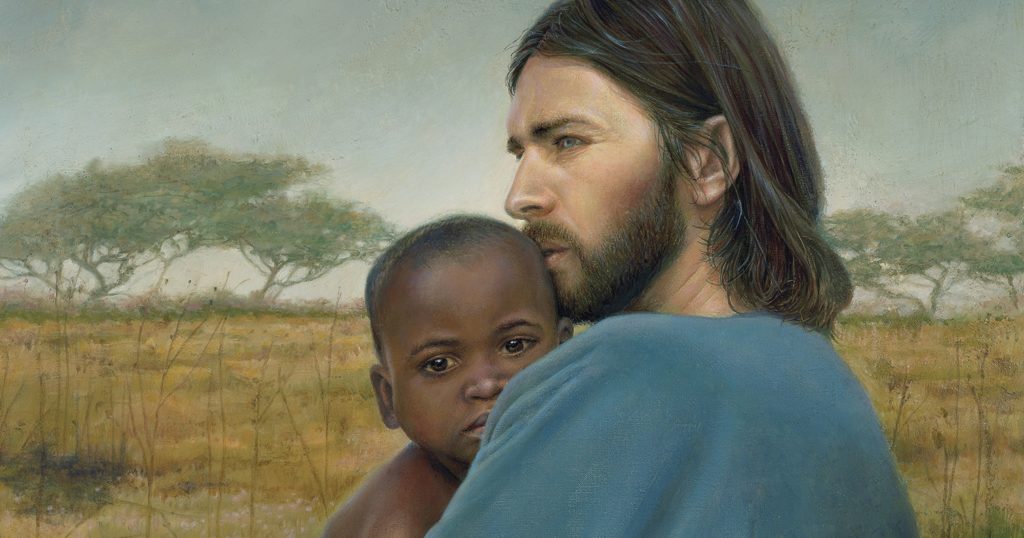
“Worth of a Soul,” by Liz Lemon Swindle 
“Arise and Walk,” by Simon Dewey 
“Living Water,” by Simon Dewey
Book of Mormon art
Kamba said common depictions of the Nephites and Lamanites in the Book of Mormon also affected her perception of race growing up. She said since Nephites are often seen as the “good guys” and Lamanites as the “bad guys,” the depiction of the Lamanites as having dark skin while the Nephites look European gives the impression that darker-skinned people are not as good.
“It causes you to not see yourself through God’s eyes. It makes you see yourself through a different light, and it can be a very negative light. So I want to change that narrative. I want to try to change people’s minds through art,” Kamba said.
The common perception of Lamanites having darker skin than the Nephites comes from a scripture in 2 Nephi 5:21 that states God cursed the Lamanites with a “skin of blackness.” Kamba said that she doesn’t believe this means that the skin color of the Lamanites actually changed, citing a theory originally proposed by Marvin Perkins, who works in public relations for the Church’s Genesis group.
In a speech recorded in 2014, Perkins talked about scriptures in the Old Testament, including Job 30:30 and Lamentations 5:10, where “black skin” was used as an idiom meaning sadness or abandonment by God. Perkins suggested that the references to black skin in the Book of Mormon likely had this same meaning and didn’t actually refer to the complexion of the Lamanites.
Ellison said he believes that many of the artists that represent Book of Mormon scenes are basing their art on the European tradition of what religious art typically looks like.
Kamba said she thinks it’s important to show people from all scriptural stories as having varying skin colors because it helps people from all races to visualize themselves in those stories.
“Since we’re a worldwide religion, we need to be better at representing the world in our art,” Kamba said.




